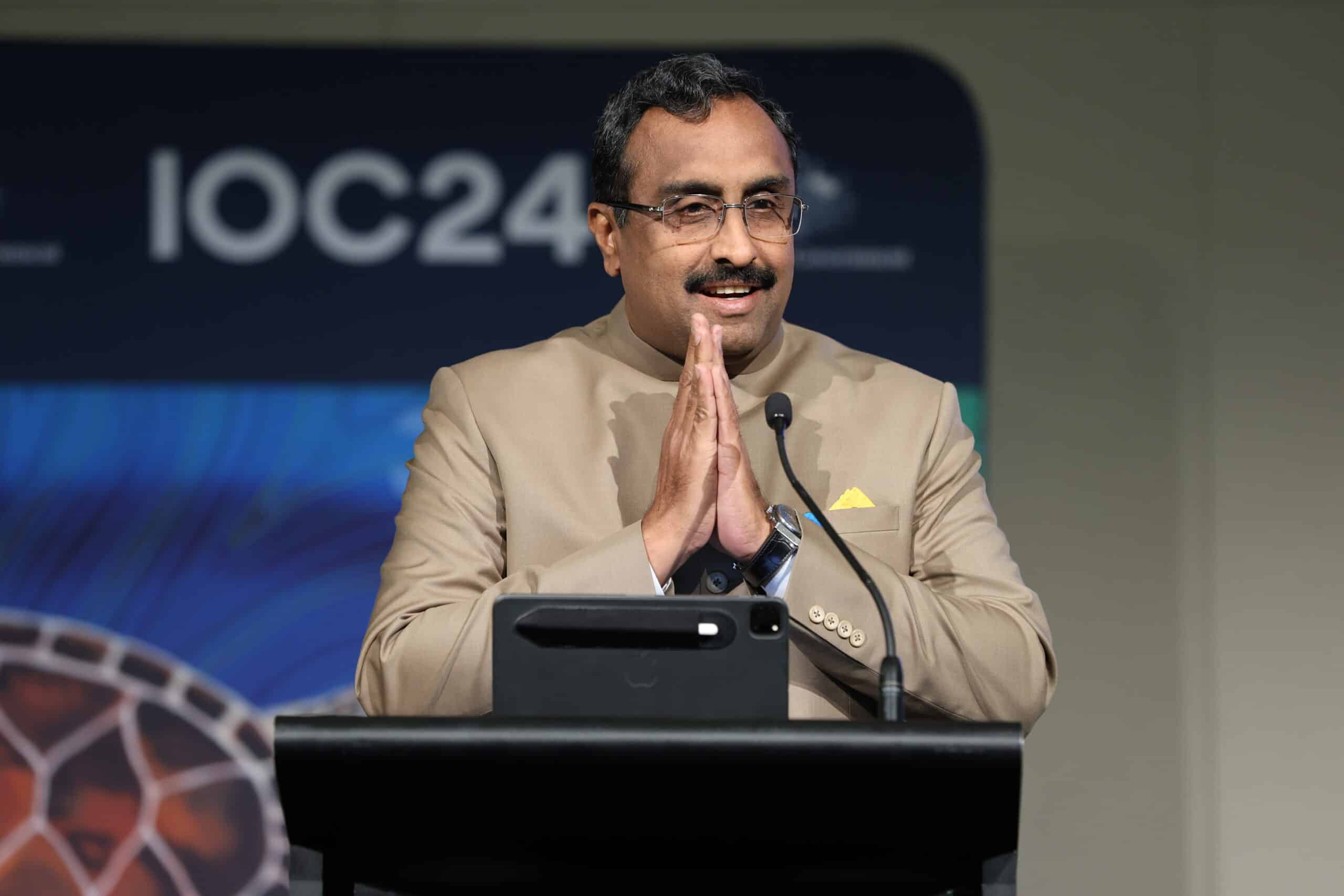
|
Getting your Trinity Audio player ready...
|
Text of Shri Ram Madhav’s address at the Virtual Horasis India Meet on June 22, 2020
Namaskar and good evening.
It is a pleasure to be back at the Horasis once again.
We are in the midst of a deadly pandemic. I hope and pray that all of you are safe and the countries and regions from which you come are doing well in managing the pandemic.
We are talking about South Asia today. Scholars in the last century had predicted that the 21st century would belong to Asia. These predictions were acknowledged by the leaders of two biggest countries in the region, Deng Xiaoping of China and Rajiv Gandhi of India in 1988.
World witnessed the rise of Asian Tigers like Singapore, Hong Kong, Taiwan, South Korea and Japan starting with the 70s, followed by China from 80s and India from 90s.
As we close in on the first quarter of the 21st century, three of the countries from this region – China, Japan and India – occupy a place in the top five economies in the world. This rise of the Asian powers has shifted global power axis from the Pacific-Atlantic region to the Indo-pacific region in this century.
However, this story of the success of Asia is lopsided. While East Asia and South East Asia (ASEAN) have largely led this growth trajectory, West, Central and South Asia have lagged behind, with the exception of India.
India has started registering robust growth rates towards the end of the last century. Today, it is one of the strongest growing economies in the region, with GDP growth rates exceeding that of China. While the first quarter of the century belonged to China, the second quarter will see India catching up and emerging as the strongest in the region.
Besides its own growth, India sees a responsibility for it as the pivot of South Asia to help other countries in the region too to rise. “Together we grow”; and “Neighbourhood first” are our mottos. Countries in this region, and also the west and Central Asia are slowly overcoming conflicts and contradictions, largely a leftover of the Colonial era. In their endeavour to grow, they see support coming from the developed west as well as the two biggest economies in the region, India and China.
India as a growing world power has the ambition to play a bigger role in reshaping the future agenda of the region and beyond. In the pandemic-stricken world, while we are doing our duty towards the entire humanity, our first priority has been to coordinate with the countries in the immediate neighbourhood. We have led the SAARC emergency Covid relief fund and extended various other forms of support to SAARC and BIMSTEC member countries.
Prime Minister Narendra Modi has also initiated efforts like online training classes for emergency response teams, integrated disease surveillance portal and a proposal to evolve common SAARC endemic protocols aimed at any such unfortunate situations that are to arise in the future but I believe that we need to put greater energies into it.
India has always maintained its efforts in being a first responder to its neighbourhood in crisis situations. Be it the ongoing Corona pandemic or the natural and man-made disasters in the past, India has always been steadfast in reaching out to the neighbourhood. Coming together – not growing apart; Collaboration – not Confusion ; Preparation – not Panic was the Indian Prime Minister’s message to the leadership of the SAARC Nations at the Video Conference of the SAARC Leaders on combating COVID-19.
In the new emerging world order post the Covid, a new agenda will dominate the world powers. It is no longer going to be about security, manufacturing industry and trade. In fact, country after country is talking about self-reliance today. That means there will be less reliance on other countries. Countries will turn inwards. But then a new agenda that is likely to dominate the global discourse will be issues like climate change, disaster management and environment. Countries will be compelled to cooperate with each other on these issues. Healthcare is going to be a major factor in global relationships post Covid; Doctors, medical facilities, pharmaceutical industries and healthcare workers are going to be a global activity in the post Covid world.
The pandemic has also brought to light the fault lines that exist in our global supply chains with an overarching dependance on one country. The post COVID world will witness diversification of this supply chain with industries moving out and governments incentivising local manufacturing. This is also the time for South Asia as a region to be able to tap such an opportunity by exploiting the advantages of its location and availability of human resource.
The pandemic with lockdowns and social distancing has made dependance on technology the new normal. It is also the time for South Asia as a region to exercise technocratic pragmatism and take a lead in IT services like cloud computing and digital networking. The use of technology in education and healthcare also opens new avenues of cooperation for the region at large.
Last but most important is the fact that our region has presented an example to the world in upholding and strictly adhering to liberal democratic and constitutional mechanisms while tackling the challenge of the pandemic. Whereas leaders in many countries have resorted to authoritarian and dictatorial measures to usurp more powers in the garb of saving their people from the pandemic, countries in our region have proved that they can tackle this major healthcare challenge not by discarding or bypassing, but by strictly following liberal democratic governance.
Let us move forward and play a more proactive role in shaping the future of the world’s most happening region namely the Indo-Pacific region.



